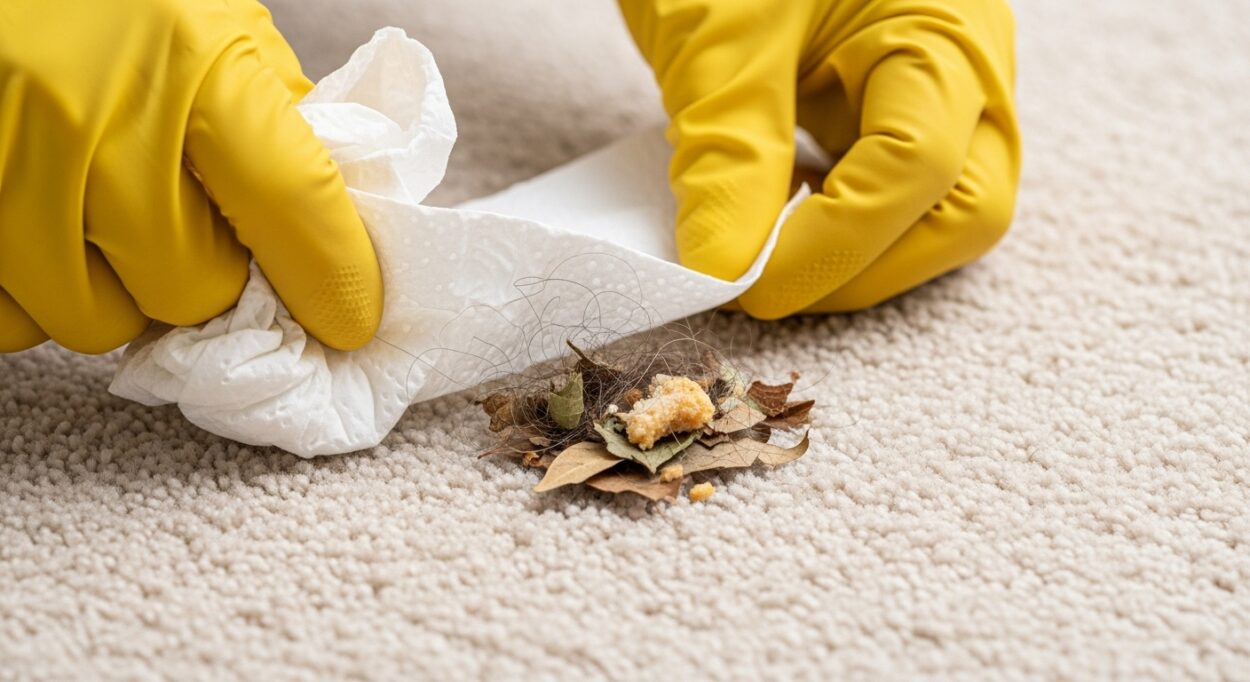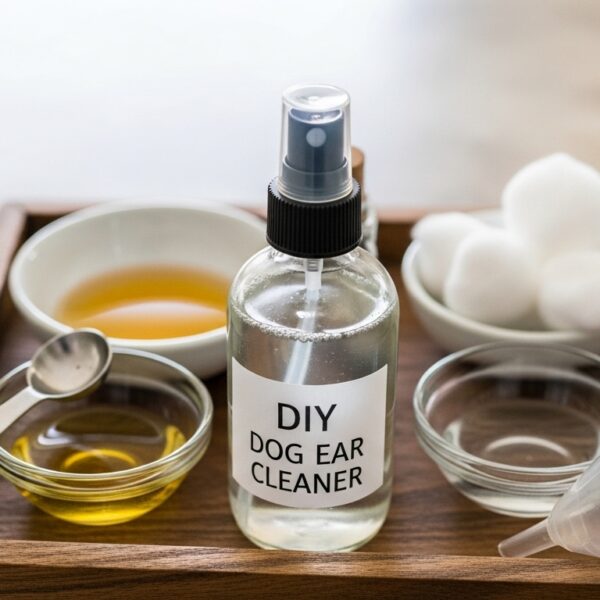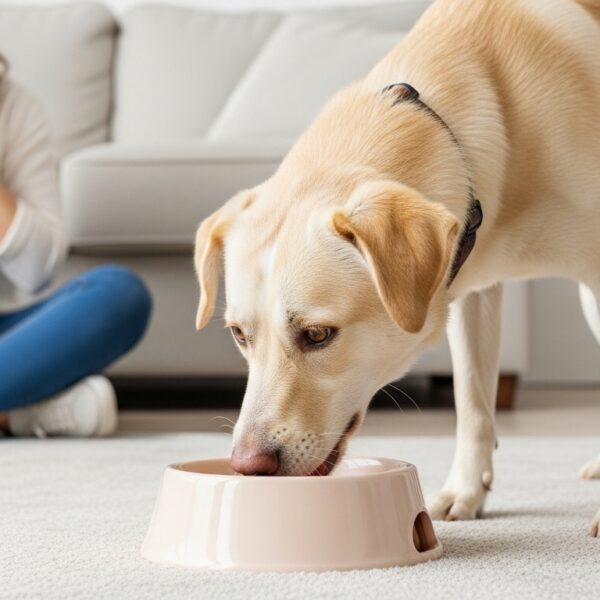Introduction
Uh oh—stepped into the room and discovered a not-so-pleasant surprise on the carpet? Don’t panic! Accidents happen to every dog parent, but you don’t need to live with the stains and odors. With the right tools and a little know-how, you can clean dog poop from carpet even if it’s dried in, and leave your home smelling (and looking) fresh again. Here’s exactly what to do, every step of the way.
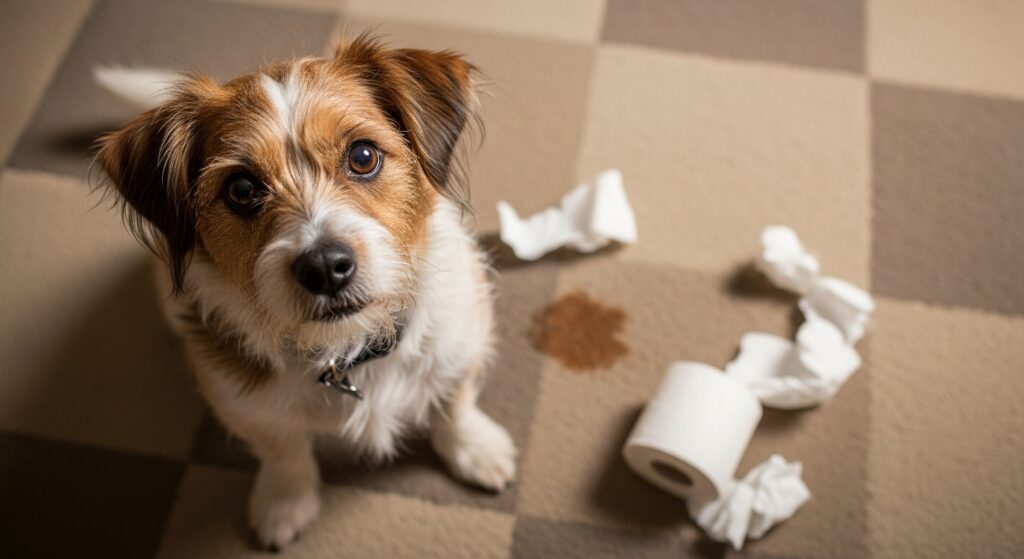
Step 1: Remove as Much as Possible (The Right Way)
- Glove up: Wear disposable gloves to protect your hands.
- Scoop it up: Use a paper towel, disposable scoop, or even a plastic bag turned inside-out. Gently pick up as much solid waste as you can—don’t press it into the fibers.
- Blot, don’t rub: If the poop is a bit soft, carefully blot the area with paper towels. Never scrub! Scrubbing can push stains deeper.
Pro Tip:
If any pieces are stuck, use a spoon or old spatula to lift them out.
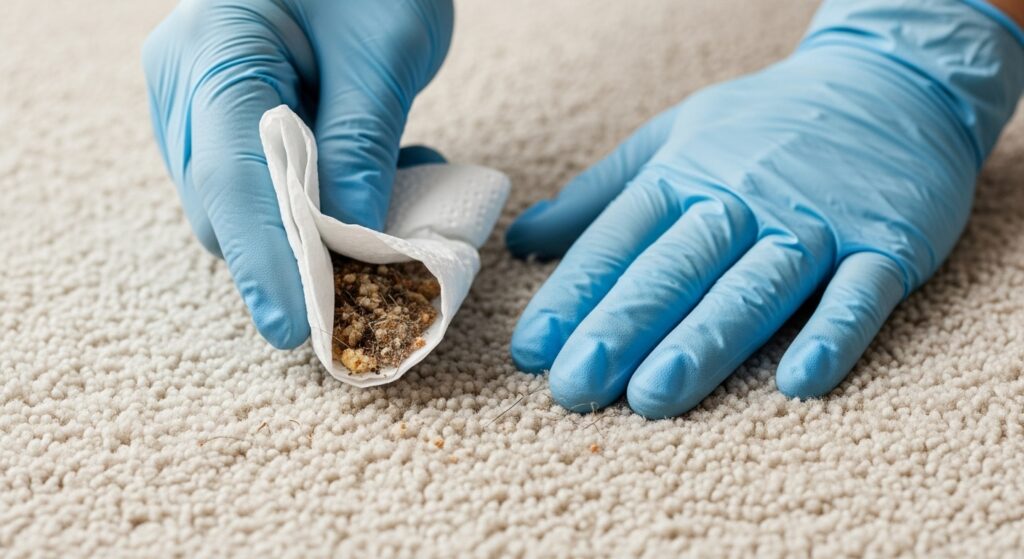
Step 2: Pre-Clean with Cold Water
- Dampen, don’t soak: Pour a bit of cold water onto the spot (hot water can set stains).
- Blot again: Use dry paper towels or a dry, absorbent cloth to blot. Repeat until you’ve lifted most of the waste and moisture.
Step 3: Use a Pet-Safe Carpet Cleaner
- Commercial enzyme cleaners: These break down proteins and neutralize odors. Brands like Nature’s Miracle or Simple Solution are great options found in pet stores.
- Homemade cleaner: Mix 1 tablespoon of dish soap, 1 tablespoon of white vinegar, and 2 cups of warm (not hot) water in a spray bottle.Spray your cleaner generously over the area.
- Let it sit: Leave the solution on the spot for 5–10 minutes, so it can break down stains and odors.
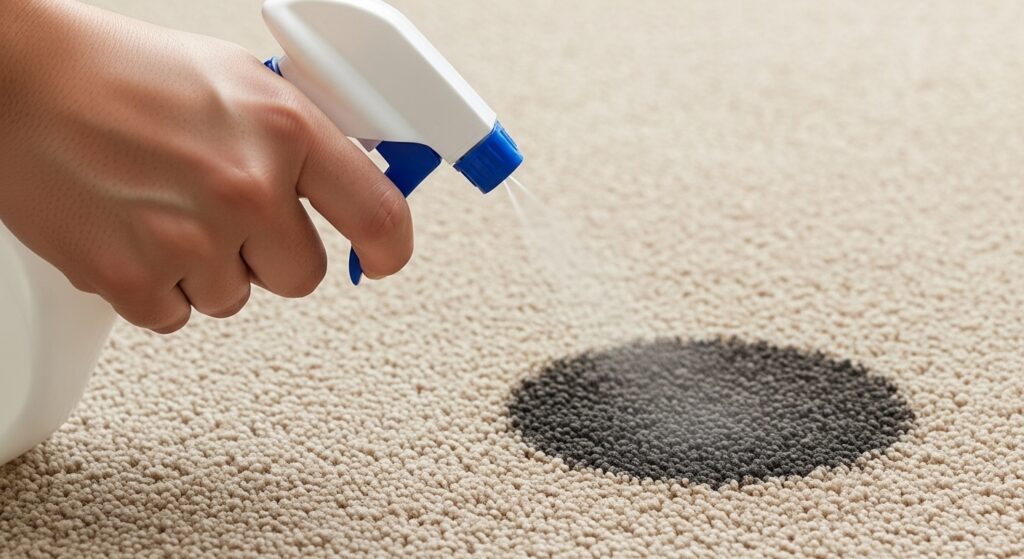
Step 4: Blot and Rinse
- Blot away the cleaner: Use a clean, absorbent towel or paper towels. Press down to soak up as much liquid as possible.
- Rinse (if needed): Dampen a cloth with a small bit of cold water and blot to remove any cleaner residue. Too much water can damage your carpet, so go easy!
- Repeat: For tough stains, repeat the spray and blotting process once or twice.
Step 5: Tackle Stubborn Stains & Odors (Alternative Remedies)
Baking soda:
- Sprinkle baking soda directly onto the area—this absorbs lingering odors.
- Leave for at least 30 minutes (overnight is even better).
- Vacuum thoroughly.
Hydrogen peroxide (for light carpets):
- Mix equal parts hydrogen peroxide and water (do a spot test first!).
- Dab (don’t pour) on the spot, let sit 5–10 minutes, then blot and rinse.
Club soda:
- Pour a small amount onto the stain, let it fizz, and blot up the bubbles.
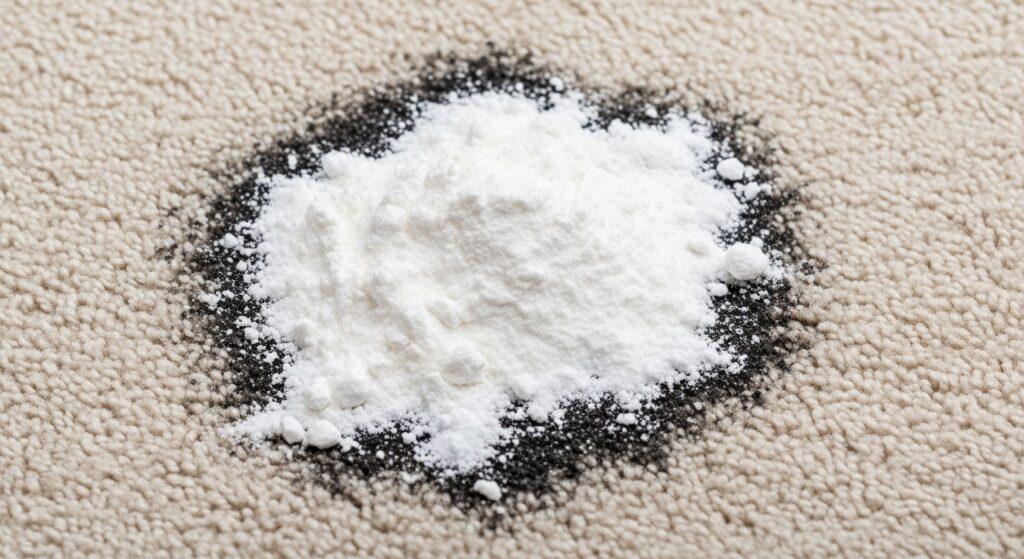
Step 6: Dry the Area Thoroughly
- Use fans or open windows to help the carpet dry quickly—moisture can lead to musty odors or mold.
- Avoid walking on the spot until fully dry.
Step 7: Check and Deodorize
- Odor test: Once dry, sniff the area. If any odor remains, repeat baking soda or enzyme treatment.
- Prevent future accidents: Clean accidents quickly and train your pup to help avoid repeat incidents.
Common Mistakes to Avoid
- Don’t use hot water—sets stains.
- Don’t scrub—spreads stains and damages fibers.
- Don’t use colored cleaning agents—may cause further staining.
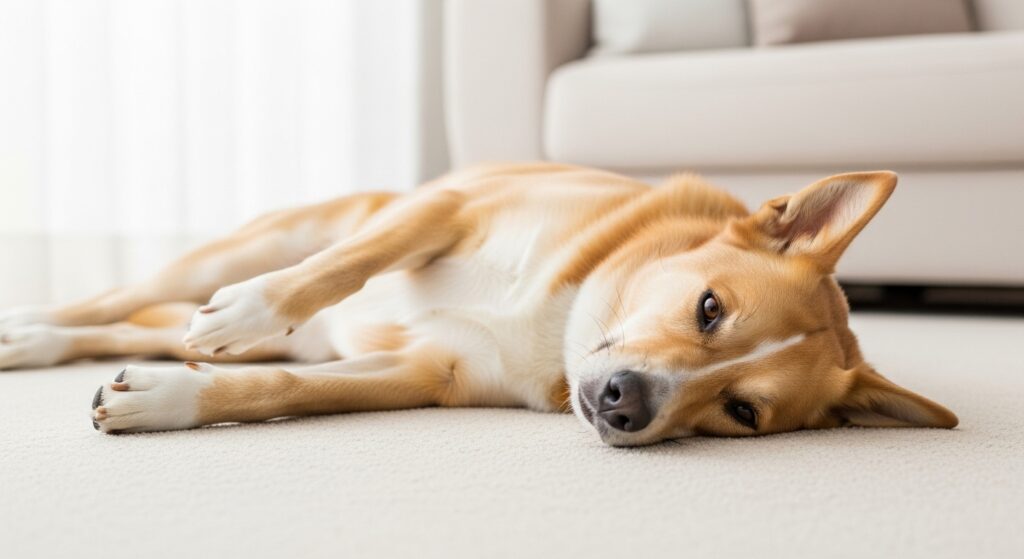
FAQs: Cleaning Dog Poop from Carpet
Q1: What if the poop stain is dried in?A: Rehydrate the area with a damp cloth and an enzyme cleaner or mild soapy water to loosen the mess. Scrape gently and then follow the above steps.
Q2: Can I use bleach on carpet?A: No. Bleach can ruin carpet color and fibers—and isn’t safe for pets.
Q3: How do I make sure the smell is gone?A: Use an enzyme-based cleaner and baking soda. Enzyme cleaners break down odor-causing compounds better than regular cleaners.
Q4: Will vinegar remove all stains?A: Vinegar helps neutralize odors, but stubborn stains may need several treatments or an enzyme cleaner.
Q5: Should I call a professional?A: Rarely needed for small or fresh accidents. For older or very large stains, professional carpet cleaning may help.
Final Thoughts
Dog accidents don’t have to mean permanent stains or embarrassing smells in your home. Act quickly, use these simple tools, and your carpet will look (and smell) clean in no time. Just know—you’re not alone, and even the best-trained pups have slip-ups now and then!

